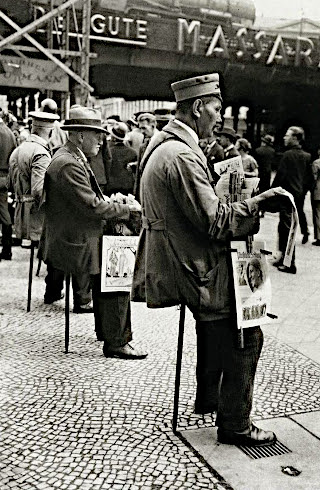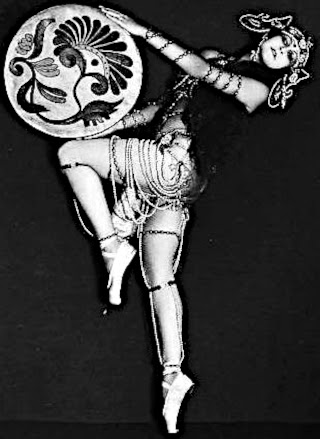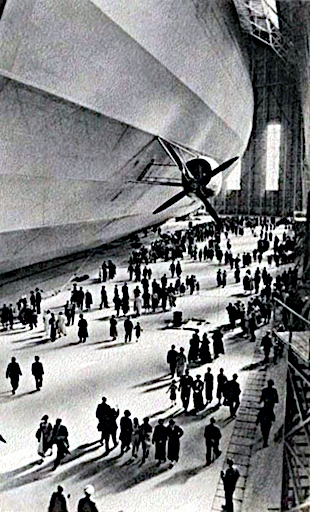 Could we have expected anything else from the Madoff nation, a country whose major export is fraud, and predominant industry a large scale variation of Liar's Poker?
Could we have expected anything else from the Madoff nation, a country whose major export is fraud, and predominant industry a large scale variation of Liar's Poker?
GDP in the third quarter is significantly weaker than the results reported in late October. And even the positive value that remains is probably overstated by a chain deflator that underestimates the monetary expansion by the Fed.
Ironically it is ineffective because it is so heavily applied to a broken and outsized banking model rather than to the real economy.
Look for another cycle of exaggerated improvement for the 4th quarter, with later revisions bringing the number well back to earth.
Oh look here, the second quarter was bad indeed, but the third quarter is a miracle of growth. Thanks to the stimulus and automotive programs of the government disaster is averted and all is well....
Oh wait, the third quarter was not so good after all, but the indications are that the fourth quarter is a miracle of growth. Thanks to the housing programs of the government disaster is averted and all is well.
What, you deny this? Do you not wish things to be better? Are you a dollar basher? (repeat as necessary until the fraud collapses completely.)
This is the campaign of perception management by the financial engineers in the Federal Reserve and the US government, and cynical statists of both the left and the right.
"The power of holding two contradictory beliefs in one's mind simultaneously, and accepting both of them....To tell deliberate lies while genuinely believing in them, to forget any fact that has become inconvenient, and then, when it becomes necessary again, to draw it back from oblivion for just so long as it is needed, to deny the existence of objective reality and all the while to take account of the reality which one denies — all this is indispensably necessary. Even in using the word doublethink it is necessary to exercise doublethink. For by using the word one admits that one is tampering with reality; by a fresh act of doublethink one erases this knowledge; and so on indefinitely, with the lie always one leap ahead of the truth." George Orwell
“Through clever and constant application of propaganda, people can be made to see paradise as hell, or to consider the most wretched sort of life as a paradise.” Adolf Hitler
"Print is the sharpest and the strongest weapon of our party. The writer is the engineer of the human mind." Josef Stalin
NY Times
Third-Quarter Growth Weaker Than First Thought
By JAVIER C. HERNANDEZ
December 23, 2009
The nascent economic recovery was weaker than expected in the third quarter, the government said Tuesday, held back by slow business construction and dwindling inventories.
The Commerce Department said
the economy expanded at an annual rate of 2.2 percent from July through September, down from the original forecast of 3.5 percent, tempering some of the enthusiasm about the speed of economic renewal. The downward revision was well above average, but analysts still foresee stronger growth in the fourth quarter, as exports rise and an improved jobs market encourages consumer spending.
“We did get off to a slightly slower start than we had thought,” said Nigel Gault, chief United States economist for IHS Global Insight. “
That would be very worrying if we didn’t have evidence that we had done well in the fourth quarter.”
(The same evidence that will be significantly marked down after the fact, just like the original overstated estimates of 3rd quarter GDP - Jesse)
....Analysts were caught off guard by the magnitude of the decline in the rate of expansion, measured in terms of gross domestic product — the total value of goods and services in the economy. Last month, the government revised the rate to 2.8 percent in the third quarter, down from 3.5 percent in October, and economists surveyed by Bloomberg News expected it to remain steady.
A revival of exports and consumer spending in the last part of 2009 is expected to bring the rate of growth to about 5 percent for the fourth quarter. The momentum will probably continue into 2010, economists say, though high levels of unemployment and a skittish business climate may curb consumer spending, hiring and production.
The Commerce Department’s revisions were based on smaller-than-expected business inventories, which fell by $139.2 billion. Spending by businesses on items like software and equipment was also weaker than expected, rising by 5 percent rather than the 8.4 percent originally predicted.
Paul Dales, chief economist for Toronto-based Capital Economics, said the overall drop was “nothing to worry about,” but he expressed concern about the decrease in investment by businesses.
“It may suggest that a lot of the demand pent up during the recession has already been released,” Mr. Dales wrote in a research note on Tuesday. “High uncertainty and lots of spare capacity are limiting capital spending.”
Construction of business facilities like malls and office buildings fell more than previously thought, by 18.4 percent rather than 15.1 percent. Economists attribute that drop to a frail commercial real estate market, which is confronting high vacancy rates and banks that are reluctant to finance business expansions.
Spending by state and local governments was also weaker than expected, falling 0.6 percent, compared with the 0.1 percent originally forecast. Consumer spending was revised slightly, growing 2.8 percent in the quarter rather than 2.9 percent.
As the New Year approaches, investors are optimistic that the economy will build on its earlier gains rather than fall into another downturn. Retail sales were higher than expected in November, and the trade deficit unexpectedly narrowed in October. In addition, a weak dollar is making American products overseas cheaper, contributing to hope that exports will rise.


































